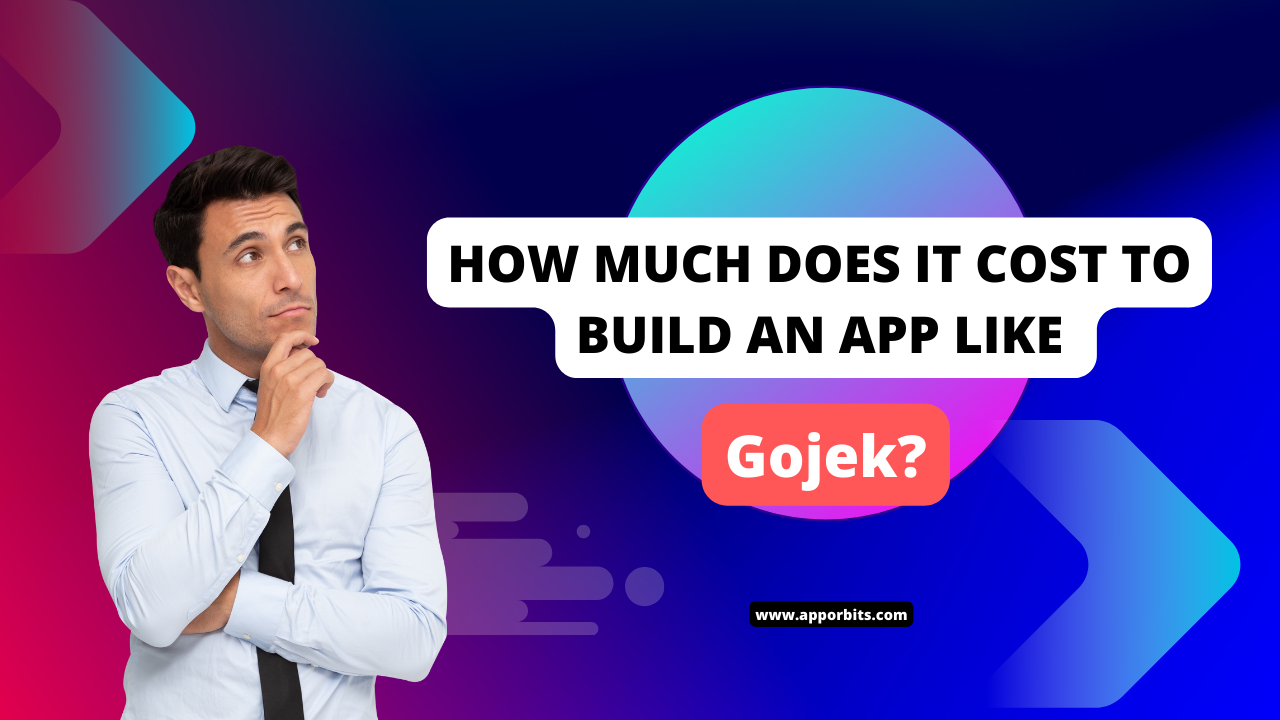Gojek is an on-demand multiservice app that connects consumers with various service providers to provide food delivery, parcel shipping, medicine delivery, flower deliveries and more. Its success can be attributed to the seamless integration of all these services.
Gojek implemented Asana to increase their efficiency, reducing busywork while making team collaboration on goals easier. Furthermore, Asana helped them track company OKRs.
Gojek Services
Gojek provides on-demand services across multiple verticals. Beginning as two-wheeled taxi services (Go-Cab), their offering now encompasses house cleaning (Go-Clean and Go-Shop), food delivery services, business to consumer deliveries, as well as house cleaning for homes. Consumers can select any of these services online and have them delivered right to their door step.
Business model of this company involves three stakeholders: consumers, service providers and drivers. Profit is earned by charging reasonable fees for using the platform; users can track their service provider in real-time for services like ride-hailing and food delivery to promote transparency and accountability while giving feedback about their experience to enhance service quality.
Entrepreneurs looking to launch an on-demand service app should prioritise developing effective monetization strategies. These may include earning revenue through transaction fees, premium subscriptions, advertising revenue, data monetization and data aggregation. Diversifying income sources ensures the app remains profitable and sustainable over time.
Cost Factors
Gojek is an Indonesian multi-service delivery app that enables users to request and pay for various services through one app. Thanks to its innovative business model, which specializes in on-demand transportation, food delivery, logistics services as well as digital payments – Gojek has gained immense popularity since achieving an estimated market value of over $1.8 billion making it one of Indonesia’s few unicorns.
App development costs vary widely depending on a range of factors, including app functionality, complexity and quality. As more features you include will increase costs; complex UI/UX designs for example will increase these.
Quality Assurance and Testing costs are another significant contributor, including manual and automated tests, bug fixing, expertise of app development team, as skilled professionals can speed up development time while cutting costs; selecting an appropriate platform also has an effect on final costs.
Development Stages
An essential first step when developing an app is planning out its user interface and experience, including key app features and user personas. The goal here is to prevent scope creep so that your application will be well-conceived and scalable at launch.
Mockups and iterations may be required prior to final design approval, usually through collaboration between client and development team. Mockups also serve to establish technical app architecture as well as create a detailed development plan.
Once an app has been designed, coding becomes the next step. This usually entails writing its code using programming languages and frameworks decided upon during its design stage; creating backends, APIs and security layers depending on its complexity may also be part of this step; integration with payment gateways could also occur during this step. It should also be noted that complexity impacts cost – for instance more complex apps may take more time for development and testing before reaching completion.
Platform Choices
Entrepreneurs planning on developing an app similar to Gojek must also take platform and tech decisions into account when developing it. For example, they must decide between native or cross-platform development with regard to programming language and tools used. Also important are database and backend systems and whether there will be payment gateways as well as data analytics that may increase overall costs.
Entrepreneurs should choose a platform like Gojek that provides multiple services in order to attract more users and increase revenue streams, as well as giving service providers more chances to make money by fulfilling multiple orders at once.
At the core of creating a Gojek-esque app is effective marketing and branding strategies, designed to drive awareness. This ensures the app gets noticed while offering robust features that cater both users and service providers. Furthermore, investing in user-friendly design as well as secure payment gateways is also vitally important.
Conclusion
In conclusion, creating an app like Gojek involves various factors that contribute to its overall cost. From the complexity of features to the technology stack used, every aspect demands careful consideration to ensure a successful and efficient development process. At AppOrbits, we specialize in crafting custom solutions tailored to meet your specific business needs. Our team of experienced developers is dedicated to delivering high-quality apps that not only emulate the functionality of Gojek but also provide unique value to your users. If you’re ready to embark on the journey of building your own multi-service app, we’re here to guide you every step of the way. Get in touch with us today to discuss your project and turn your vision into reality.











